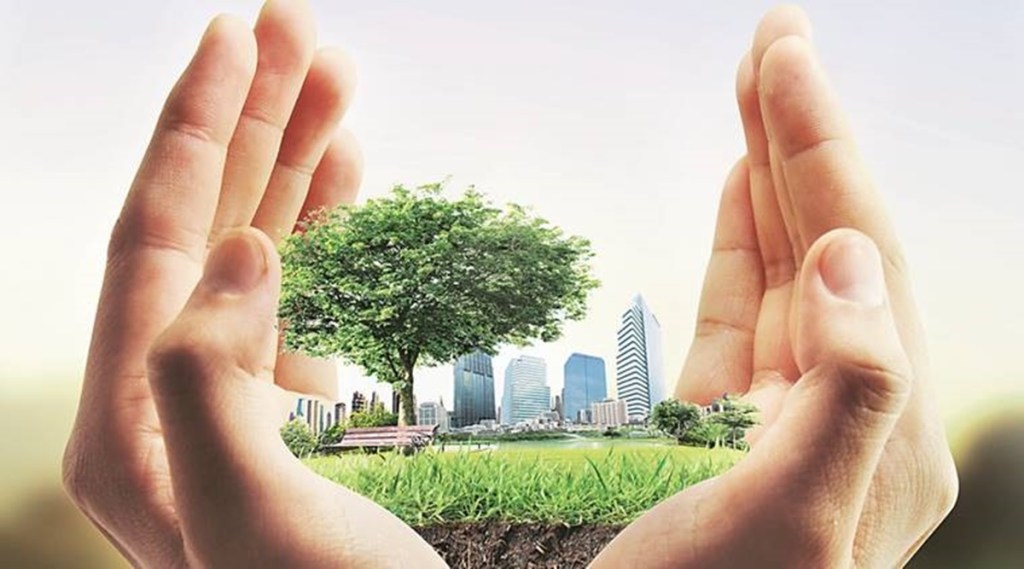– By Varun Gupta
In a time when environmental responsibility is crucial, the development of water-efficient sanitary fixtures has taken centre stage in the movement to save water. There is a greater demand for environment-friendly solutions as concerns over water scarcity, environmental deterioration and water efficiency are growing. We focus on cutting-edge developments propelling sustainable sanitary fittings that will transform water usage in all architectural settings.
Conventional sanitary fittings have long been linked to excessive water usage, which further depletes our limited supply of water. However, the sentiments towards the environment are changing quickly due to technological breakthroughs and changing consumer tastes. Sustainability is becoming a top priority for manufacturers, who are launching a wide selection of items that conserve water without sacrificing functionality.
Smart Technologies
The incorporation of smart technologies is one of the most noteworthy developments in environmentally friendly sanitary fixtures that focus on water saving. The way we interact with water fixtures is being revolutionised by developments such as sensor-activated faucets and smart toilet accessories. These fixtures optimise water usage by only releasing water when necessary, greatly minimising waste, thanks to the use of sensors and automatic controls.
Low-Flow Fixtures
Low-flow fixtures are becoming widely used, which is another invention that further solidifies the cause of water conservation. Faucets/showers are fitted with components that reduce water flow to Liters Per Minute(LPM). Thereby ensuring reduced water flow while not affecting the functionality. These fixtures help save water, lower utility bills, and promote sustainable water management practices.
Water-Efficient Toilets
One major source of water usage in both residential and office structures is the toilet. As a result, manufacturers have created water-saving toilet models that reduce water use by utilising cutting-edge flushing systems. For example, dual-flush toilets save water with each usage by giving customers the option of a full or half flush, based on the volume of waste.
Material Innovation
Material innovation is just as important to the sustainability of sanitary/ Bath fittings as technical improvements. To lessen their impact on the environment, manufacturers are increasingly using environmentally friendly materials like bio-based polymers and recycled metals. These materials significantly improve the sustainability credentials of sanitary fittings by reducing energy consumption during the manufacturing process and conserving natural resources.
Modern, sleek designs promote thoughtful water use in addition to improving the visual attractiveness of rooms. Easy-to-use controls and educational displays, among other intuitive features, enable customers to make knowledgeable decisions about their water consumption, promoting a sustainable lifestyle.
It is impossible to underplay the importance of sustainable sanitary/ Bath fittings as we navigate the problems of water scarcity and environmental damage. The sector is spearheading innovation towards a more sustainable future by utilising a range of eco-conscious design elements, low-flow fixtures, water-efficient toilets, and smart technologies. Businesses and people alike can take proactive steps to protect water for coming generations by adopting these innovations.
(Varun Gupta is the managing director of Acquaviva.)
(Disclaimer: Views expressed are personal and do not reflect the official position or policy of Financial Express Online. Reproducing this content without permission is prohibited.)

